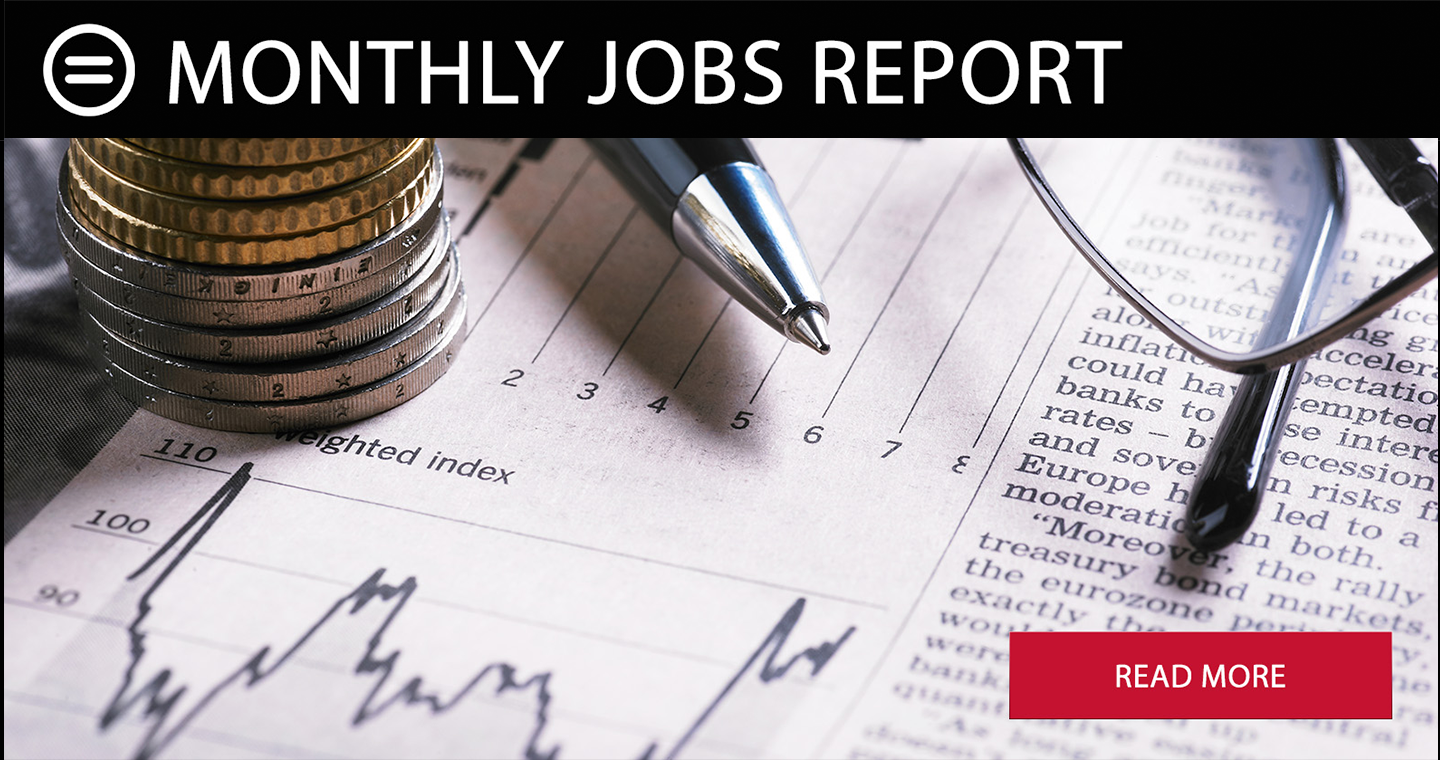June Jobs Report: Economy Moving Forward Slowly as Labor Markets Remain Tight with 1.6 Million More Unemployed Workers than Job Openings

Dr. Bernard E. Anderson
Whitney M Young, Jr. Professor Emeritus, The Wharton School, University of Pennsylvania
Senior Economic Advisor, National Urban League
In June, the economy produced 209,000 jobs as the unemployment rate edged down to 3.7 percent. Employment growth was concentrated in government, health care, social services, and construction.
While the employment/population rate remained unchanged at 60.3 percent, Black women were the only group that showed a decline in labor force participation. This contributing to the Black unemployment rate 0.6 increase to 6.1 percent since last month compared to the 0.2 percent decline seen in White unemployment to 3.1 percent.
The economy is expected to grow slowly in the next several quarters, driven by moderate spending in an environment of cautious consumer sentiment. But even as GDP fluctuated in the first two quarters, employment continued to increase. The current labor market is one of the strongest U.S. workers have experienced in decades.
Inflation came down markedly since last summer. Core Personal consumption expenditures (PCE) the measure the Federal Reserve uses to set monetary policy grew 0.3 % in May 2023, down from 0.5 % in January. But inflation remains a challenge especially for low- and moderate-income households. Housing inflation which includes rent is 8.2 %. Housing is one third of the inflation index.
While rent increases on new leases have come down it will take time for the change to be reflected in the annual price index. Inflation in non-housing services the largest component of services remains high at around 4.5 %. Airline and hotel travelers feel the impact of those prices.
Federal Reserve chairman Jerome Powell and other Fed officials have repeatedly made speeches and used other media to state their commitment to reduce inflation to 2.0% as soon as possible. That requires raising interest rates and reducing the Fed’s securities portfolio. But there is a lag between tightening monetary policy and reducing business activity. Officials are guided by incoming economic data to determine the pace of rate increases, how high rates should be raised, and how long to leave them there.
As the nation enters the summer months the economic outlook is favorable for steady, moderate growth as the Federal Reserve continues to implement the dual mandate for price stability and maximum employment. At the same time, the 2024 presidential election is getting underway. A major issue will be which candidate is likely to assure continued economic growth and work to reduce economic inequality so all Americans can enjoy the fruit of their labor.
In short , the June Jobs Report shows an economy moving forward slowly while the Federal Reserve continues to implement a restrictive monetary policy aimed at reducing elevated inflation to a 2.0 percent target. Labor markets remain tight with 1.6 million more unemployed workers than job openings. Aggregate labor supply and demand remain unbalanced at a level that slows the decline in elevated inflation.

